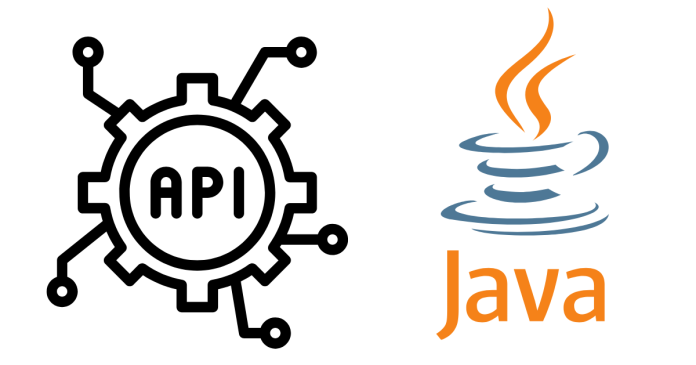The Stream API in Java is a powerful feature introduced in Java 8 for working with sequences of elements (such as collections) in a functional style. It allows for more readable and concise code when performing operations on data, such as filtering, mapping, and reducing.
Key Concepts:
- Stream: A sequence of data elements supporting aggregate operations.
- Intermediate Operations: Operations that transform the stream (e.g.,
filter(),map(),sorted()). - Terminal Operations: Operations that produce a result or a side-effect (e.g.,
collect(),forEach(),reduce()).
Example:
Common Stream Operations:
- filter(): Filters elements based on a condition.
- map(): Transforms elements.
- sorted(): Sorts elements.
- reduce(): Combines elements into a single result.
- collect(): Collects elements into a collection like List, Set, etc.
Benefits:
- Concise and Readable: Reduces boilerplate code.
- Parallel Processing: Can easily leverage multi-core architectures with
.parallelStream().



